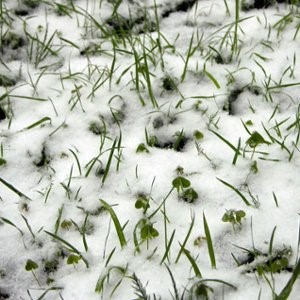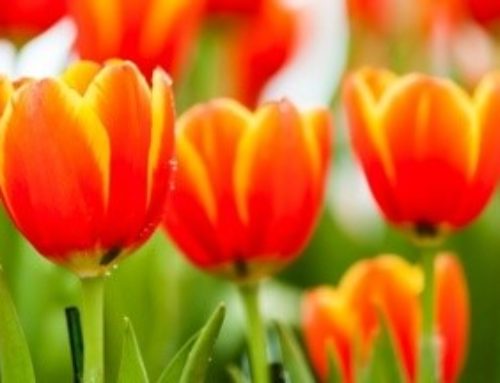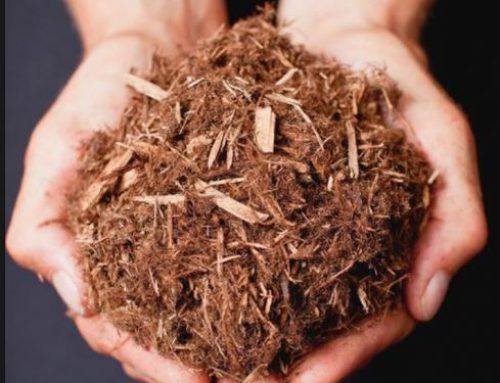Posted: April 1, 2019 by Sebert Landscape
While Chicago commercial landscapes were snow-covered during the early months of 2019, there was actually quite a lot happening under that layer of white stuff: activity that can spur lawn diseases once the ground thaws. Even in winter, the landscape does not completely hibernate. While “winter burn” affects many trees and shrubs on Illinois commercial properties, common spring lawn diseases can also set in as early as late March, and it’s best for commercial property owners to understand what they could be facing so they can plan from a budget and service perspective.
So, what are the most common spring lawn diseases in Chicago? We find the same three usual suspects on commercial lawns in our region every year. Here is a roundup of what symptoms to watch for and how professional Chicago commercial lawn care companies like Sebert Landscaping manages these lawn diseases.
Red Thread 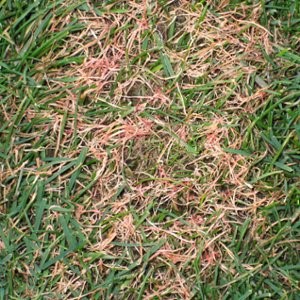
This is the first of many common spring lawn diseases that generally appears on Chicago commercial property turf grass. The disease strikes lawns that are poorly fertilized. In the same way a person whose immune system is compromised is more susceptible to getting the flu, a lawn that
is not properly maintained and nourished during the growing season will go into the winter weak and is more likely to develop disease.
You’ll know red thread if you see a thinning of the lawn—it will look patchy, and if you get real close to the grass you can detect the “red threads” that actually deteriorate the lawn. These threads dry out and fall into the grass, and then they can become active again.
How to Treat Red Thread
Red thread should be treated by properly fertilizing and feeding the lawn with nutrients. At Sebert, we recommend a complete commercial lawn care program customized to your property that will strengthen the lawn so it will stand up to spring lawn diseases like red thread. Also, we are careful to collect grass clippings so red thread does not spread to unaffected lawn areas.
Gray Snow Mold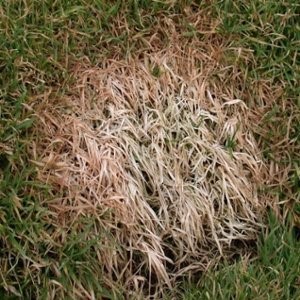
The necessary ingredient for this disease to develop is snow, and we’ve got plenty of that here in Chicago. Piles of snow that build up on lawns from snow removal services can stress grass, and excess snow cover for long periods of time takes a toll on your grass. In spring, you’ll see brown, matted turf with a gray tinge to it. That’s gray snow mold.
At Sebert, we are careful to avoid excess fertilization in the fall, which promotes grass growth going into winter, meaning a thicker lawn that more easily traps moisture and harbors disease. A fungicide application in late fall — before the snow falls — can be helpful, though it is not necessary. Gray snow mold is not a threat to the lawn’s health, though it can affect its appearance while the ground is still wet from winter.
How to Treat Gray Snow Mold
The best treatment for gray snow mold comes from Mother Nature: Sunny, dry days that air out the turf. We may look for ways to improve drainage on your commercial property if the grounds do not dry out and disease becomes an issue. Areas of turf affected by gray snow mold can be raked out, reseeded and lightly fertilized, if needed.
Pink Snow Mold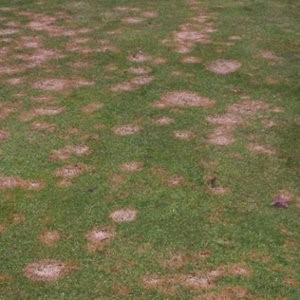
Even when the snow is on the ground, pink snow mold is active underneath the icy layer. When the weather is cool and wet, your commercial property is at risk for pink snow mold. Unlike gray snow mold, you don’t need long, persistent bouts of snow cover to stoke the disease.
You’ll know the lawn is suffering from pink snow mold if you spot circular patches. You may also notice a pink sheen in those patches if the grass is wet.
How to Treat Pink Snow Mold
The same treatment rules of thumb for gray snow mold apply here—and often the two diseases coexist.
Common Spring Lawn Diseases: Is Your Turf Prepared To Fight?
Ultimately, strong turf will stave off these spring lawn diseases, and that’s why our focus at Sebert and other is helping property managers establish and maintain healthy landscapes through Chicago commercial lawn care. We use the term “cultural practices” to talk about the basic best practices of lawn care: proper mowing, lawn aeration to open up the soil for nutrients and oxygen, and the use of appropriate lawn care products for weed control, pest control and disease control.
Let’s talk more about how you can establish healthy, green turf that will stand up to disease. And if you suspect that your lawn has one of these common spring diseases, we can help.
Call us any time at (630) 497-1000




